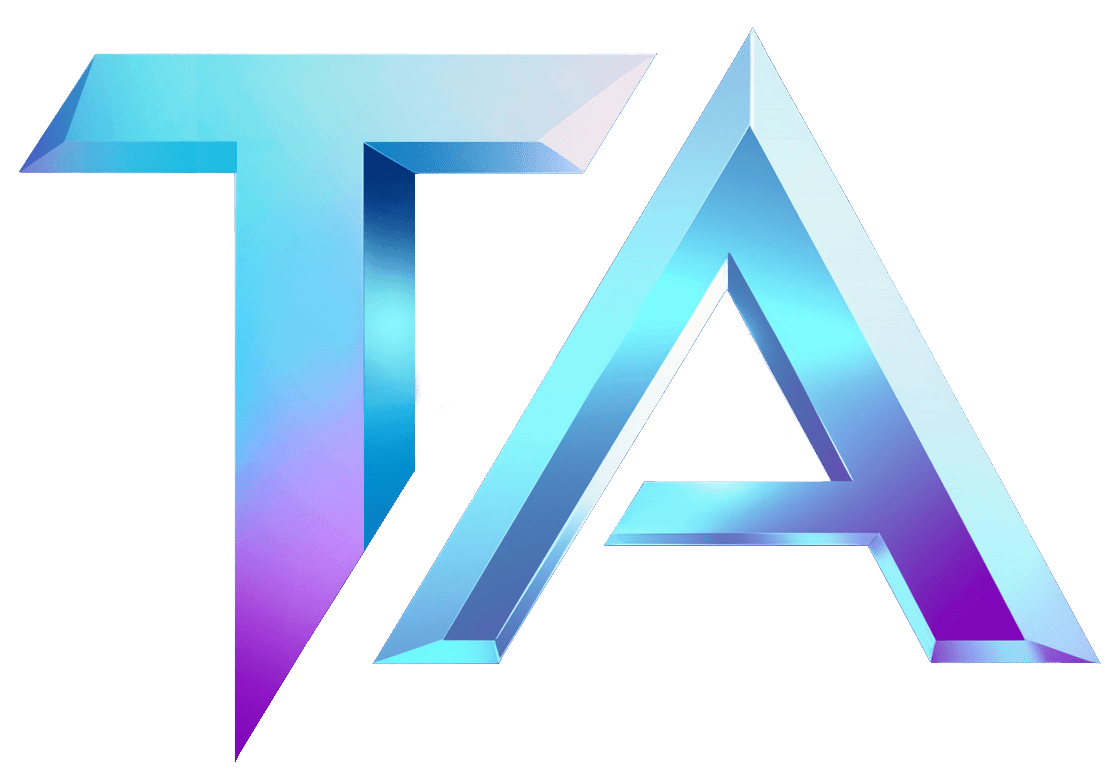Cross-Price Elasticity Insights for Star Atlas

Understanding Cross-Price Elasticity in Star Atlas
At Titan Analytics, as a proud Solana validator and analytics platform for Star Atlas, we love exploring the intricate world of economics within gaming ecosystems. One important concept that comes into play in the realm of game assets and cryptocurrencies is "cross-price elasticity." This term may sound technical, but it can provide valuable insights into how various assets interact with each other within Star Atlas. Let’s break it down in a friendly way!
What is Cross-Price Elasticity?
Cross-price elasticity is an economic concept that measures how the quantity demanded of one good changes in response to a price change of another good. If we think about it in simple terms, if the price of item A goes up, what happens to the demand for item B?
-
Positive Cross-Price Elasticity: This occurs when the demand for one item increases as the price of another item goes up. These are typically substitutes. For example, if the price of a spaceship in Star Atlas rises, players might seek cheaper alternatives (like smaller ships).
- Negative Cross-Price Elasticity: In this case, the demand for one item decreases as the price of another item increases. These are usually complementary goods. For instance, if the cost of fuel in Star Atlas increases, players may demand fewer ships, as running those ships becomes costlier.
Applying Cross-Price Elasticity to Star Atlas
In the gaming landscape, particularly in a complex universe like Star Atlas, understanding cross-price elasticity can help players and developers make informed decisions. Here are some practical insights:
-
Dynamic Pricing Strategy: Developers can adjust the prices of in-game assets based on player behavior. For example, if a new spaceship is introduced and its price increases significantly, monitoring the demand for fuel could reveal whether they are substitutes or complements.
-
Market Interactions: By analyzing cross-price elasticity, players can make better trading decisions on the marketplace. If you notice that the price of a certain type of ship is fluctuating, you might want to consider how it affects the market demand for related assets, such as weaponry or maintenance supplies.
-
Investment Opportunities: For players investing in Star Atlas, understanding how varied assets influence one another can guide more strategic decisions. If you anticipate a rise in the demand for a specific ship, you may want to invest in associated ships or resources that will benefit from this trend.
- Player Behavior Insights: Economic modeling based on cross-price elasticity can also provide valuable insights into player behavior. Are players sticking to certain ships or diversifying? Are they impacted by rising costs of certain items? Understanding this can help in community engagement and product development.
Final Thoughts
In the vibrant universe of Star Atlas, cross-price elasticity offers a lens through which we can understand the complexities of asset interactions. By monitoring the relationships between items and their prices, players can optimize their strategies and create more rewarding experiences.
If you’re interested in diving deeper into Star Atlas data analytics and exploring various modules that can help you make the most of your experience, visit us at Titan Analytics Data Modules. For any questions or further insights, feel free to Contact Titan Analytics. Happy exploring!




